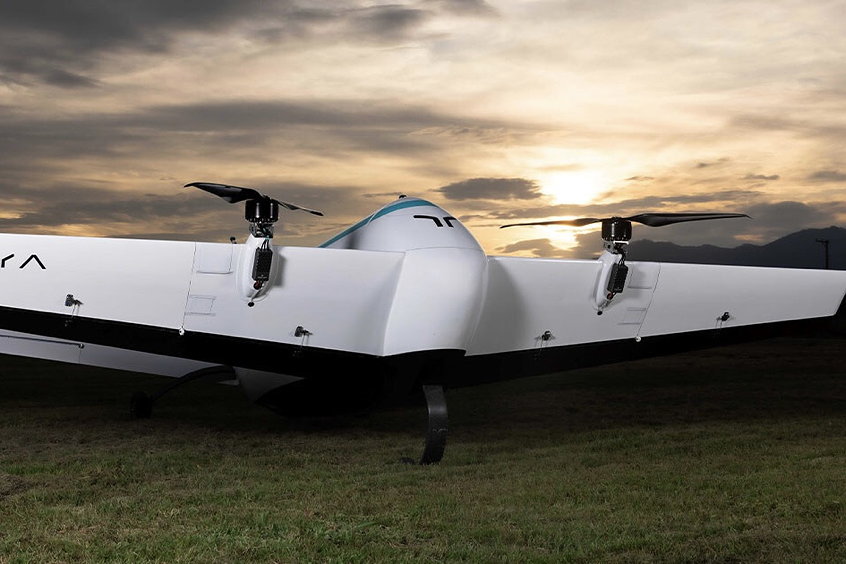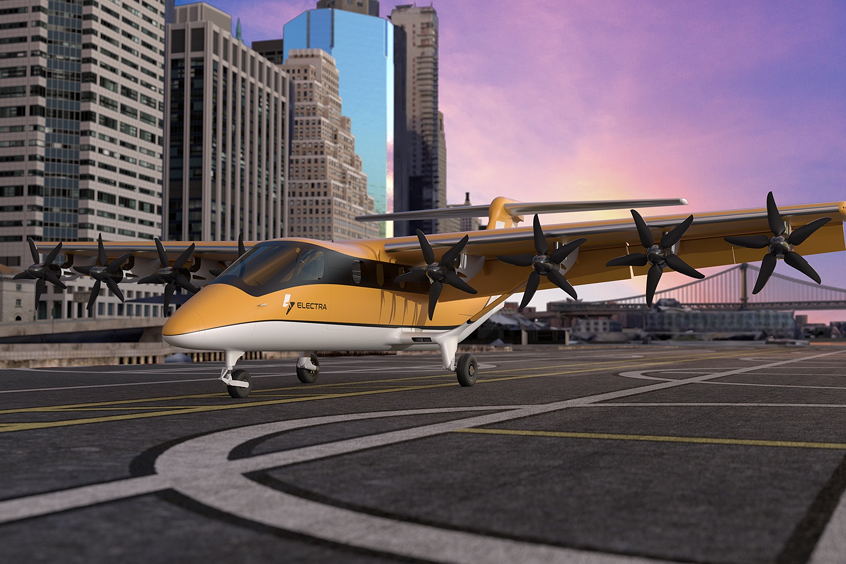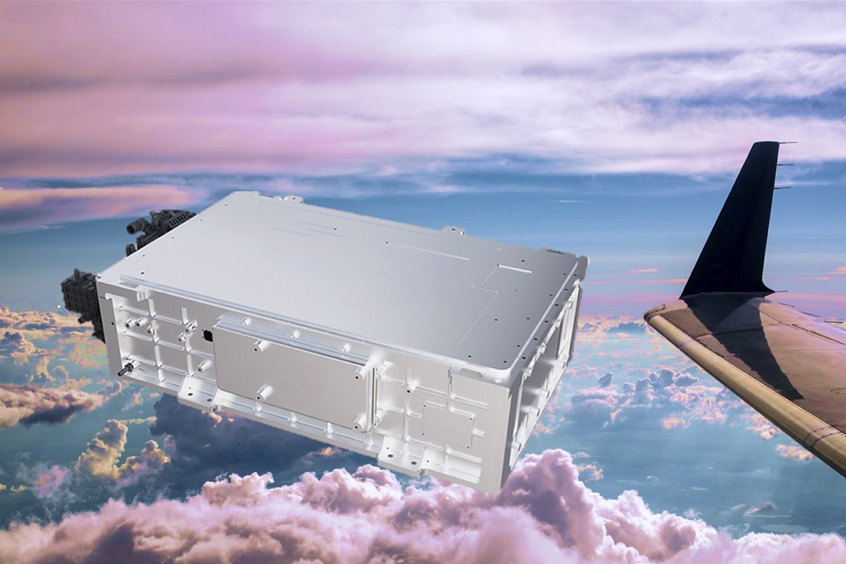Aurora Flight Sciences has released renderings of the vertical lift concept for its fan-in-wing (FIW) vehicles, depicting a scalable technology for airborne logistics and personnel recovery missions in locations without a prepared runway.
The Boeing company is designing an X-plane that uses fan-in-wing technology to provide high-speed, runway-independent mobility for contested environments, as part of the Defense Advanced Research Projects Agency (DARPA) Speed and Runway Independent Technologies (SPRINT) program. The SPRINT program aims to design, build, and fly an X-plane to demonstrate the key technologies and integrated concepts that enable a transformational combination of aircraft speed and runway independence.
Aurora and Boeing are collaborating on the development of key technologies that combine to deliver a revolutionary solution to mobility challenges in contested environments and across distributed military bases. Fan-in-wing technology combines an embedded lift fan with a blended wing body design to enable vertical lift agility without sacrificing the payload capacity and aerodynamic efficiency associated with today’s fixed wing aircraft.
The team is currently designing an uncrewed demonstrator with a 45-ft wingspan and 1,000-pound payload capacity for the SPRINT program. The propulsion system includes off-the-shelf turbofan and turboshaft engines that would power the vehicle to a maximum of 450 knots true airspeed (KTAS).
The technology demonstrated in the SPRINT X-plane could be scaled to medium and heavy lift aircraft, creating a future family of systems. For example, Aurora envisions a manned, 130ft wingspan aircraft with four lift fans and 40ft payload bay. The FIW aircraft could meet or exceed the payloads, ranges, and speeds typical of fixed wing military transport aircraft while delivering the tactical advantage of true vertical takeoff and landing.
Earlier this year, the team completed the first of three major test events scheduled for the current phase of the SPRINT program to prove out the feasibility of the FIW technology. The ground effect test, conducted using a 4.6ft wingspan model with three lift fans, showed that suck down effects created by the lift fans in hover were negligible and that the landing gear is set to the appropriate height to minimize adverse pitching moments from forming during ground operations. Wind tunnel tests planned for late 2024 and early 2025 include a stability and control test using a 9ft full wingspan aircraft model and a 5.25ft semi-span embedded lift fan test to model aerodynamic effects.
The current phase of the program continues through May 2025 with preliminary design review scheduled for April 2025. Flight testing for the program is planned for 2027.
“The SPRINT program offers the opportunity to deliver a game-changing capability to the warfighter,” says Mike Caimona, president and CEO of Aurora Flight Sciences. “High-speed, stealth, runway-independent transport could help keep warfighters safe and effective in contested environments, so no domain is out of reach for our U.S. military.”
| Contact details from our directory: | |
| Aurora Flight Sciences, a Boeing Company | Airframer |
| Boeing Company | |
| DARPA Defense Advanced Research Projects Agency | Airframer, Research/Consulting Services, Technical/Eng/Scientific Studies |
| Related aircraft programs: |
| Aurora Flight Sciences SPRINT X-Plane |
Weekly news by email:
See the latest Bulletin, and sign up free‑of‑charge for future editions.

Altair collaborates with aerospace startup Moya Aero to develop eVTOLs

Electra reveals design for EL9 hybrid-electric aircraft
Piper Aircraft achieves AS9100 certification
